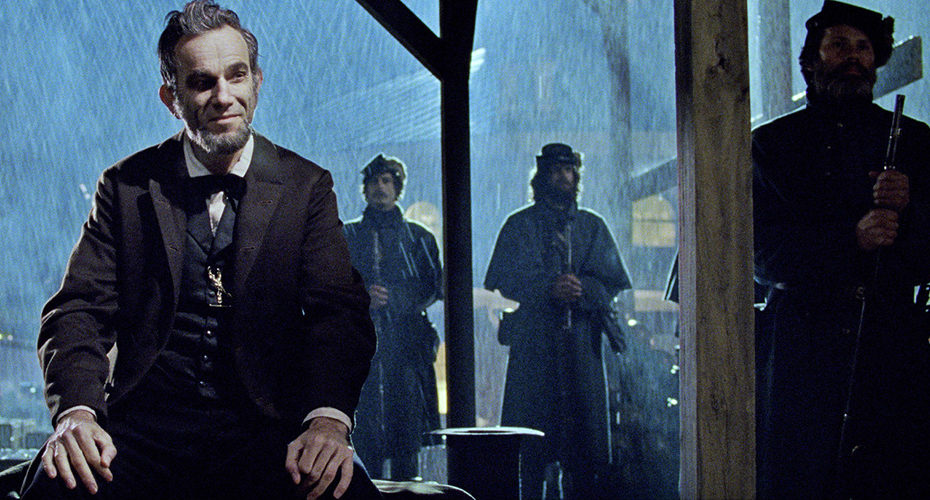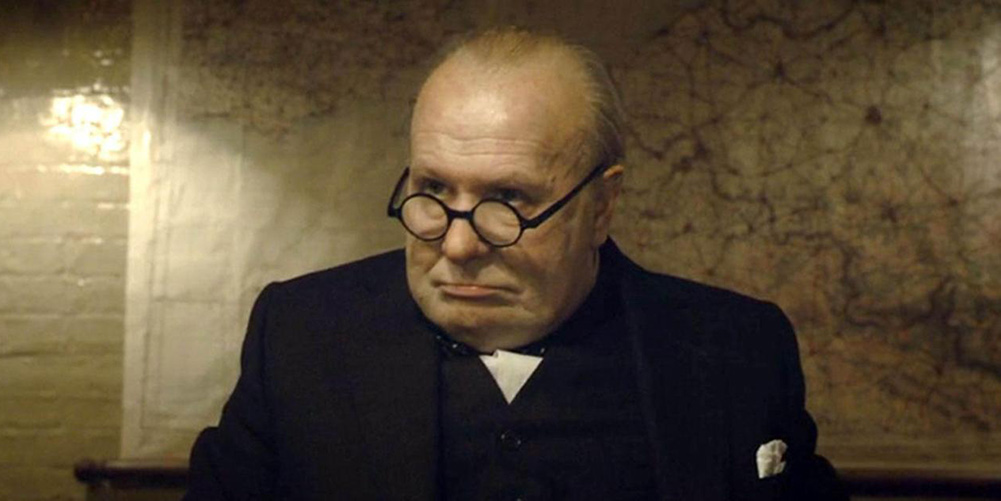Watching Steven Spielberg’s Lincoln, it’s striking how little America seems to have changed politically in 150 years. Two diametrically opposed ideologies still lie separated by a narrow middle ground.
Similarly, it’s distinctive how relevant Abraham Lincoln’s leadership is for our contemporary world. Here are five lessons from Lincoln’s struggle to pass the slavery-busting 13th amendment that are just as valid today – whoever you lead.
1. Use stories
Driving through such a fundamental change to society requires great communication skills. Lincoln’s magnetic impact comes largely from the way he liberally employs stories, anecdotes and visual metaphors to get his message across.
We’ve seen before how stories have an almost unrivalled power to influence. Lincoln’s stories and anecdotes instantly get people’s attention people, whether it’s his opponents, his allies or the troops on the frontline. His stories influence, defuse tension, make people laugh.
And they get his point across.
Lincoln also makes use of metaphors and visual imagery, a technique seen in many great speeches. ‘We’re whalers,’ he tells his advisers when debating whether to progress with the amendment. ‘We’ve got the harpoon in, and now we need to finish the job!’
The takeaway: Be on the lookout for short stories and anecdotes you can use in the future. Make a note of any you hear that make an impact on you personally, and use them whenever appropriate. It will separate you from the majority of your peers.
2. Be pragmatic
I’ve often written admired the magnetic power of leaders who stay resolute to their ultimate goals. But to move towards those goals, sometimes you need to be pragmatic too.
Here, Lincoln’s approach contrasts with that of chief abolitionist Thaddeus Stevens, whose commitment to equal rights goes to the heart of his very being. Stevens is guided by his ‘true north’: nothing other than complete equality is acceptable to him.
But as Lincoln asks Stevens, ‘What’s the point of knowing true north if you sink in a swamp?’ The President persuades him to temper his vehement demands in Congress to make sure their moderate colleagues don’t oppose the amendment.
The takeaway: Taking smaller steps along the path to your goal can be more effective than trying to achieve it all at once and falling at the first hurdle.
3. Use values to help decision-making
Like many great historical leaders, Lincoln faces decisions that would paralyse many people. Here, he wrestles with an awful dilemma: end the brutal war immediately and sacrifice the 13th amendment, or let the killing continue for longer so he can push it through.
In the end, Lincoln shows what values are all about: a guide for your actions and decision-making. In this case, Lincoln derives his values from a rule of mathematical reasoning which he learned at school: ‘When two things are equal to the same thing, they are equal to each other’.
The takeaway: organisational values have no use if they’re just meaningless posters on a wall. They must be at the core of your actions – no more so than when you face a difficult, seemingly no-win decision.
4. Walk the floor
Lincoln is no remote leader holed up in Washington. He shows he cares about his people by visiting them both on the battlefield and in hospital.
In the very first scene, his frontline troops file up to meet him and tell him how it’s going, and he takes time to listen. Seeing the appalling aftermath of the brutal Civil War battles also keeps the real impact of his decisions firmly at the top of his mind.
The takeaway: to truly lead effectively, you need to dedicate time to keeping in touch with your people and understanding the issues that affect them.
5. Set clear expectations
Lincoln sets clear expectations of his cabinet and his lobbying team, and then leaves them to get on with the job. But he also intervenes personally when he feels he needs to.
With the vote in the balance, he pays a personal visit to his lobbying team with a plea to redouble their efforts in getting the final votes they need.
And when his cabinet are wavering on their commitment to the amendment, he bangs the table and demands they acquire the votes, whatever it takes. Coming from the usually mild-mannered President, it’s a gesture that carries twice the impact.
The takeaway: make sure your team has a clear direction and leave them to get on with it. But check progress, don’t hesitate to demand the highest standards, and intervene when needed.
Have you seen Lincoln? What was your biggest leadership takeaway?
In my next post I’ll be looking at other leadership lessons that fellow writers and bloggers have gleaned from Lincoln.







Pingback: How did Lincoln utilize Leadership Language (Chapter 3) to mobilize support in favor of the 13th amendment’s ratification? Specifically analyze Lincoln’s tone and style—was he able to create a positive ethos? In what ways did Lincoln make his commun